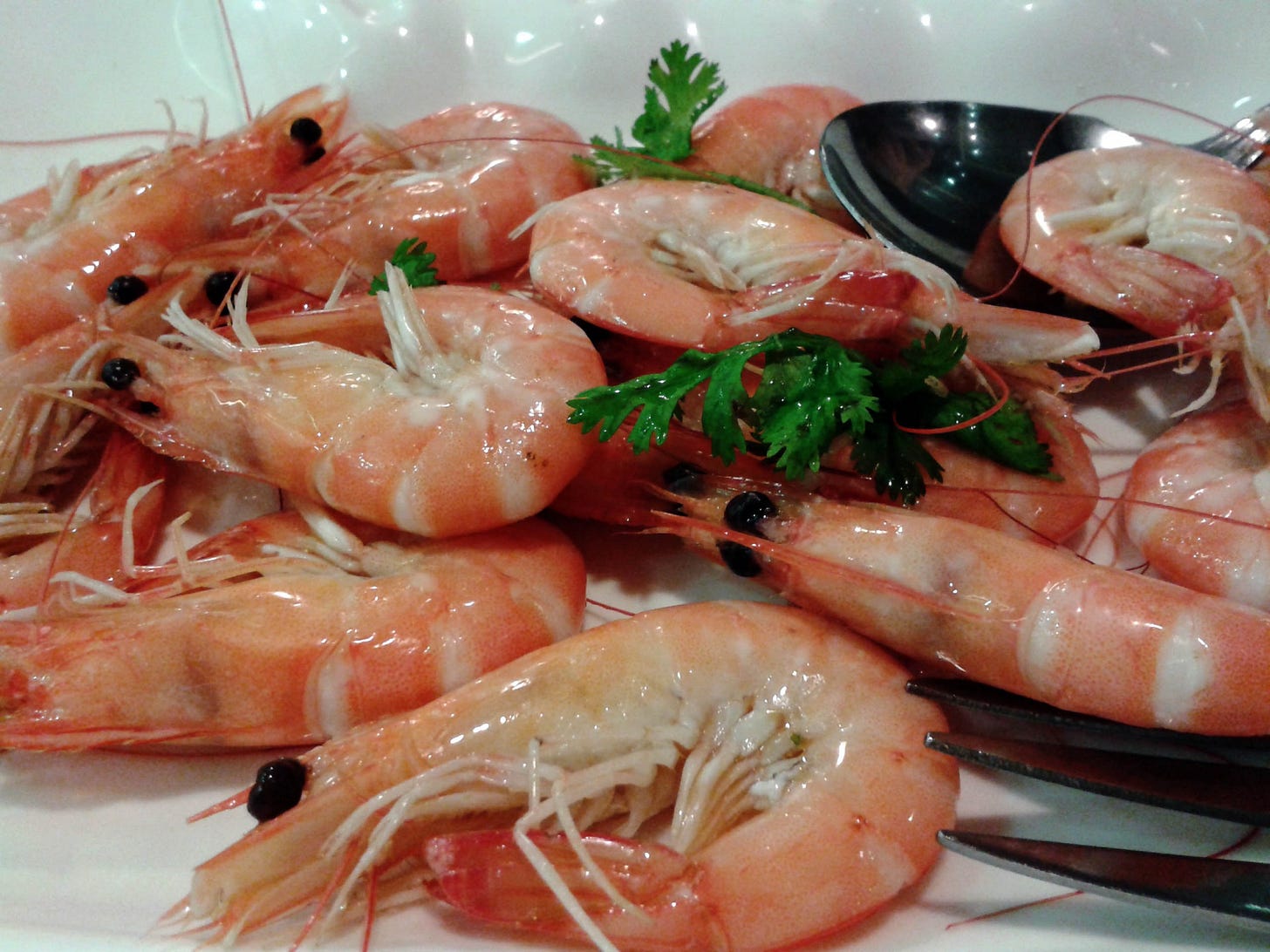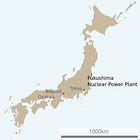Cesium-137 Detection in Imported Shrimp To The US, Radioactive Wasp Nest Discovery, Analysis of Contamination Pathways
Levels remained below safety thresholds, but the event prompted recalls and investigations. Similar findings in environmental sites highlight ongoing risks from radioactive materials.
GLOBAL — On August 19, the U.S. Food and Drug Administration issued an advisory on Cesium-137 found in frozen shrimp that had been imported from Indonesia. This recent detection in shipping containers at U.S. ports raises concerns about supply chain safety.
Levels remained below safety thresholds, but the event prompted recalls and investigations. Similar findings in environmental sites highlight ongoing risks from radioactive materials.
The shrimp case connects to broader patterns of isotope presence in trade and nature. Data shows Cesium-137 often stems from historical sources now affecting current systems. Agencies focus on tracing entry points to prevent repeats. These incidents reveal the need for better monitoring of global transport sites.
The U.S. Food and Drug Administration advisory addressed Cesium-137 in frozen shrimp from PT. Bahari Makmur Sejati. U.S. Customs and Border Protection spotted the isotope in containers at ports like Los Angeles, Houston, New York, Miami, and Savannah.
A breaded shrimp sample tested at 68 Bq/kg, under the 1200 Bq/kg limit. The advisory recommends avoiding specific Great Value raw frozen shrimp lots sold at Walmart in 13 states. According to the FDA, "All containers and products testing positive or alerting for Cs-137 have been denied entry into the country."
Cesium-137 entry into shrimp containers likely occurred through unclean practices in processing or storage. Leftover material in badly cleaned containers from prior radioactive transports is a key pathway.
Indonesia uses Cesium-137 in medical treatments for cancer, industrial gauges for flow detection, and research reactors. These create waste that might contaminate equipment if not managed well.
No tie to Fukushima appears; investigations with Indonesian regulators aim to verify the mechanism. One shipment showed positive, with levels not causing quick harm but prompting recall over cumulative concerns.






